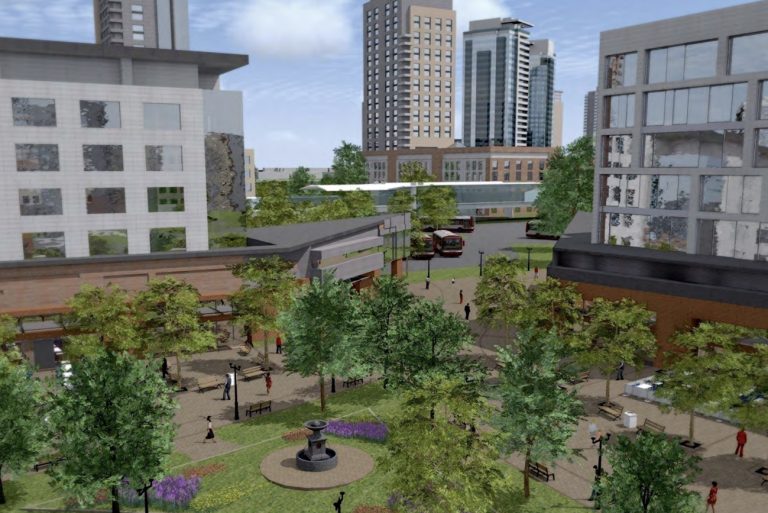Ottawa’s Light Rail (LRT)

Wood Panelling
January 2, 2024
2024 Home Design Trends
January 3, 2024How Will the LRT Affect Ottawa's Real Estate Within the Next 5 Years?
As Ottawa continues to evolve and expand its infrastructure, the impending arrival of Stage 2 of the Light Rail Transit (LRT) system promises to bring about significant changes. These changes will not just be in transportation but also the real estate landscape. Over the next five years, the LRT’s impact on Ottawa’s real estate will be transformative. This will influence property values, development patterns, and the overall urban experience.
Beyond its immediate impact on the way Ottawans move around, the LRT is set to leave an invaluable mark on the city’s real estate landscape over the next five years. This metamorphosis extends far beyond mere connectivity. It’s a transformation that involves housing trends, property values, and the essence of neighbourhood dynamics.

Proximity Matters
With new Light Rail stations strategically placed across the city, the importance of proximity to these transit hubs will become a key factor in real estate. Properties located near LRT stations are likely to experience an increase in demand. The convenience of easy access to public transportation will become a significant selling point for homebuyers.
Urban Renewal and Development
Historically, the introduction of efficient public transportation systems goes hand in hand with urban renewal and development. As the Light Rail connects various neighbourhoods, we can anticipate a surge in development projects and revitalization efforts. These developments will be popular in areas adjacent to LRT stations. Investors may find opportunities to capitalize on the growth potential of these evolving neighbourhoods.

Shift in Suburban Dynamics
The Light Rail’s reach into suburban areas could redefine the dynamics of suburban living. Commuters may be more inclined to choose suburban locations with LRT access This will balance the appeal of a quieter lifestyle with the convenience of efficient transit. This shift could drive demand for suburban real estate and potentially lead to increased property values in these areas and beyond. We already saw a surge of housing demand in the smaller towns outside of Ottawa because of COVID-19 and working from home. With the Light Rail making its way closer to Kanata and Orleans, citizens of Ottawa may move farther out of the city with a shorter commute to the LRT in these suburban cities.

Transit-Oriented Development (TOD)
Transit-oriented development, where mixed-use communities thrive around transit hubs, is a global trend gaining momentum. Ottawa’s LRT system provides a framework for TOD, encouraging the creation of vibrant, walkable communities around transit stations. This not only enhances the overall urban experience but also influences property values positively.

Market Trends and Investment Opportunities
Investors and real estate professionals should keep a close eye on market trends as the LRT becomes operational. Identifying emerging patterns and understanding how they correlate with real estate opportunities will be crucial. As demand shifts and new development projects emerge, strategic investments in the right locations could yield substantial returns. Not sure where to start when it comes to real estate investing? Contact us today and we can help you find the perfect property to maximize your real estate investing profile.
In Conclusion
In conclusion, Ottawa’s Light Rail Transit system is not just about improving transportation; it will bring a change in the city’s real estate landscape. The next five years are set to be a dynamic period of growth, development, and transformation. This will offer both challenges and opportunities for homeowners, investors, and the broader community.





